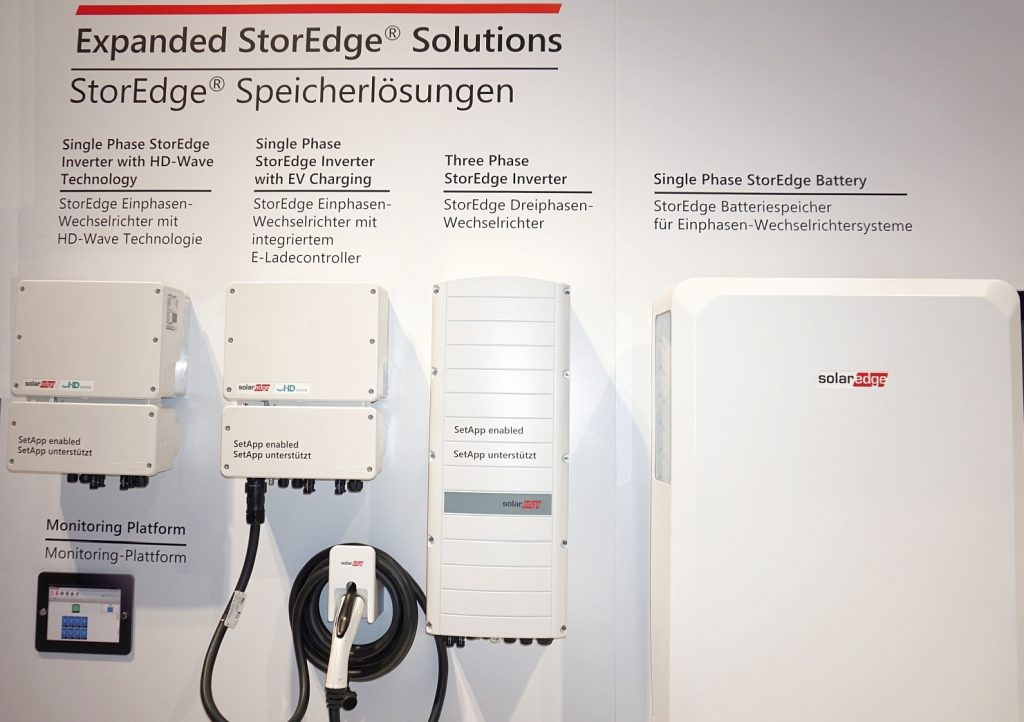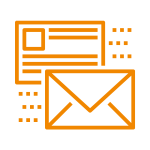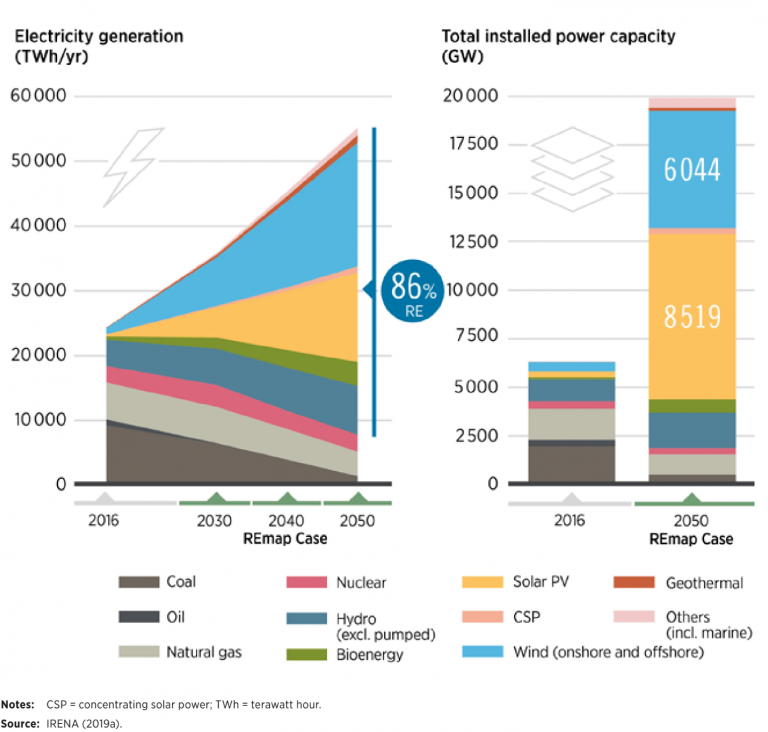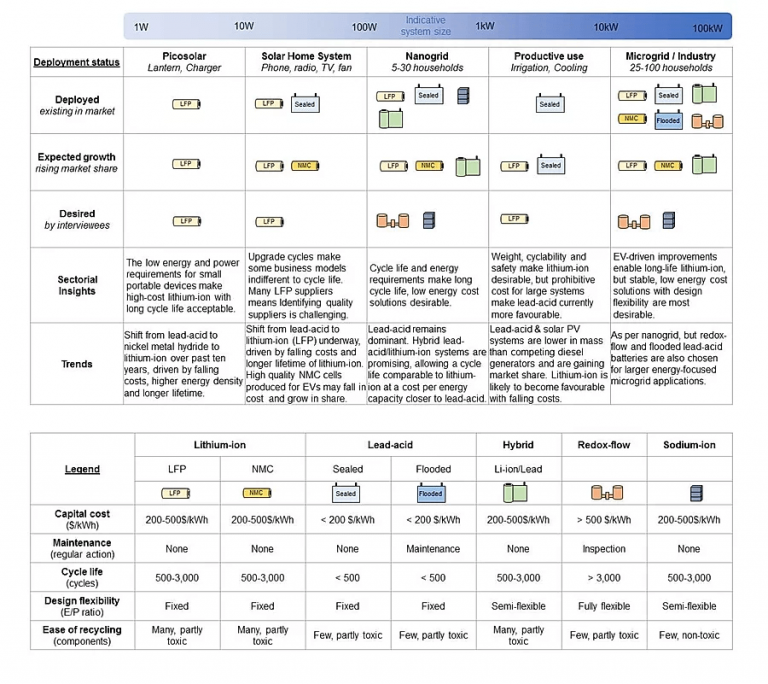What should you consider before installing or investing in an Energy Storage System (ESS)?
Energy Storage Systems (or ESS) include a wide range of technologies that aim to accumulate energy and deliver it when needed. These technologies can be either mechanical or chemical. The most common mechanical energy storage systems are pump hydro storage or flywheels, which are usually used to store energy from big power plants.
Mechanical Storage: Pumped hydro storage, Flywheels
Chemical Storage: Lead-acid batteries, Lithium-ion batteries
Renewable energy contributes increasingly to the total energy supply every year. With renewable energy resources such as solar and wind energy becoming globally widespread, chemical energy storage is also getting more popular.
Chemical-based ESS offer higher energy efficiency and energy density compared to mechanical-based ESS. As renewable energy becomes available to more people, a small but powerful and compact ESS becomes a viable solution that overcomes renewable energy drawbacks like intermittency.
Why should you use an ESS?
An energy storage system is an expensive component; therefore, many factors must be carefully considered if you decide to use one. For residential applications, an energy storage system is more suitable:
- When the connection to the utility grid is not available or too expensive to have in comparison to using an ESS.
- When the utility grid significantly limits the energy output from your PV system and a large PV system is required to increase system reliability.
- When the PV system supply consumes more than 50% of your electricity demand and electric tariff is high.
- When it is needed to reduce the operation of diesel generators or to avoid generators needed to run at low load mode.
- To support the peak load to avoid extra expenses and stabilize the grid.
- To increase self-consumption by capturing excessive electricity from PV during the daytime and re-converting the excess electrical output at nighttime.
- To serve as back-up energy sources during a grid blackout.
Furthermore, the ESS system can provide flexibility to optimize the PV system because energy consumption varies on:
- Daily basis such as workday, weekend or holiday
- Seasonality such as summer and winter
- On-demand basis up to your planning such as EV charging, trips abroad, vacations…

What ESS should I choose?
On the illustration from storage-lab, we can verify which technologies are being used in each system size as shown below. We can clearly see that lead-acid batteries are dominant in all sectors due to technological maturity, wider usage, and low prices. Soon though, lithium-ion batteries will catch up and replace lead-acid batteries.
Material Pros and Cons
A short comparison of the advantages and disadvantages of different types of batteries helps indicate when each technology can be used at its best.
- Lead-acid batteries: traditionally used as starter batteries and stationary energy storage systems due to their low cost and relatively good performance. However, the short lifetime of the batteries requires frequent maintenance and replacement, which can create difficulties. Good manufacturers of Lead-acid batteries include: Hoppecke, Victron, Newmax
- Lithium Nickel Manganese Cobalt Oxide (NMC): used in Electric Vehicles due to their high specific energy. Now at a lower price, many manufacturers have started to produce energy storage systems with NMC technology such as SolarEdge Kokam, Tesla, LGchem, Samsung SDI…
Lithium Iron Phosphate (LPF): used for energy storage due to their safety and lower cost than NMC by manufacturers such as BYD, Pylontech, Solax Triplepower, Sonnen…
Conclusion
Advices for investors and homeowners
- Know your needs: Consider if an ESS is necessary for your situation or not. For example, if the grid provider offers you net-metering, an ESS may not be required except for back-up purposes.
- Plan in advance: as discussed before there are many ways to use an ESS, and due to its high cost, it makes sense to plan the way to use it carefully. One possible solution if you are considering an ESS but do not know what size suits your needs is to consider choosing the installation of a hybrid inverter with a smart meter such as SolarEdge storage, Solax hybrid, Fronius Gen24, or Huawei. After a couple of months, you can obtain a clear picture of how much energy you consumed and then choose the ESS accordingly.
- Choose carefully: An ESS is an electric source and must be handled sensibly by professionals. Also, the ESS must be well designed and all the components, especially the inverter, must be compatible with each other. Saving money on ESS is never a wise choice.
Advices for installers
Safety First: As always, safety for installers, their clients and the system are the priorities.
- Installers should always follow the safety instructions of inverter and battery manufacturers.
- The ESS must be closely monitored on-site and remotely by professionals.
- Installers should perform periodic inspections of the system yearly
- In the case of some issues with the system, they should be fixed immediately.
Transportation: Batteries and especially Lithium-ion batteries may be listed as hazardous goods that require special transportation methods. Installers should check carefully with distributors or manufacturers about these conditions in advance. Read more.
Care about the end of life process: Batteries generally have a shorter lifetime than other components of the system, which means that the installer must find out what to do with them after decommissioning. Chemical-based batteries may contain hazardous or toxic substances. Work with manufacturers to get instructions on how to dispose of batteries safely.
Posts you might like:

Subscribe to our newsletter
so that you don’t miss any news!















